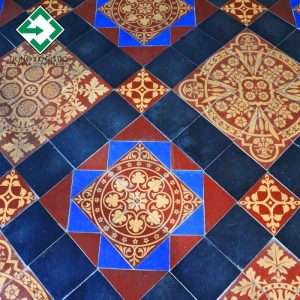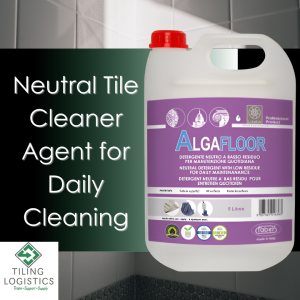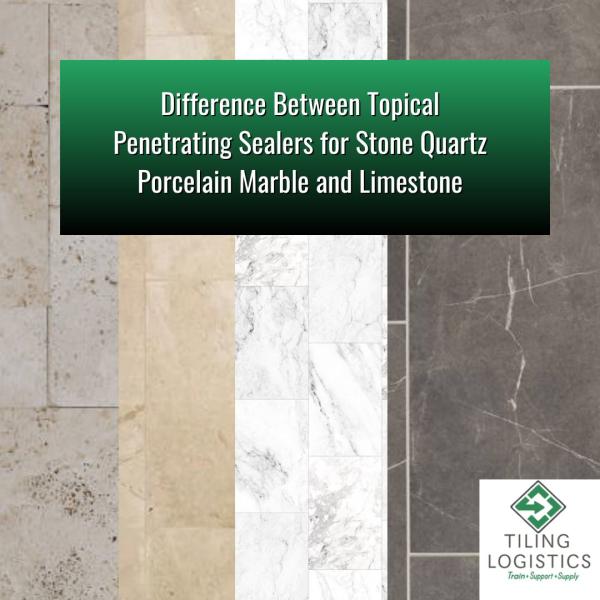We use cookies to ensure that we give you the best experience on our website. If you continue to use this site we will assume that you are happy with it. Learn more
quartz
Quartz is hard, crystalline stone and looks great around any property. While quartz has an amazing appearance, this appearance won't last without the proper treatment and maintenance. Read all about the best way to treat, clean and protect quartz at the Tiling Logistics blog.
-
The Difference between Topical and Penetrating Sealers Explained
The Difference between Topical and Penetrating Sealers Explained Stone Sealers for Quartz, Travertine, Marble and Limestone Quick summary: A topical sealant sits on the surface of the stone; penetrating sealers fill stone pores by penetrating the surface. Surface Porosity and Permeability Porosity, the measurement of tiny open spaces or pores in a stone compared to its solid volume, varies among different types of stones. Igneous stones generally have low porosity, while metamorphic and sedimentary stones tend to have higher porosity due to the presence of tiny grains that, even when tightly compacted, leave gaps. On the other hand, permeability, although related, is distinct from porosity. Permeability refers to a material's ability to transmit fluids. In the case of stones, fluids transmit through pores and capillary structures present within the stone. Thus, if a material is both porous and permeable, it is more capable of absorbing liquids and other substances. While this can have advantages in terms of water filtration, it can be problematic when it comes to items like countertops that can absorb water and acidic liquids. This absorption can weaken the stone, leading to fractures or breakage. Compared to other common countertop materials, granite exhibits relatively low porosity, although it still possesses some. On the other hand, limestone and sandstone are highly porous and readily absorb liquids, making them susceptible to etching and wearing away when exposed to acids. Continue reading → -
How to Clean Victorian Tiles Walls and Floors - Refurbish Edwardian Flooring
How to Clean Victorian Tiles Walls and Floors - Refurbish Edwardian Flooring with Specialist Supplies There have been a number of posts recently relating to cleaning Victorian & Edwardian Geometric and Encaustic floors. Quite often we receive calls from customers who have been lucky enough to acquire a British Victorian home or property that boasts a plethora of period features, usually including authentic tiles on the flooring, walls and around old fireplaces (vertical surfaces).
During the Victorian era, it was customary to tile most surfaces around the home, including the hallway floors as a first welcome to guests. Intricate and colourful patterns decorate these hallways, even using encaustic tiles. Porch floors and walls were also tiled with skirting, dado, and feature tiles in eye-catching designs. In contrast, bathrooms and kitchen walls were adorned with plainer hues of off-white as a contrast. It's also common to see Victorian and Edwardian garden paths decorated with chequerboard tile designs with a border. Continue reading →
There have been a number of posts recently relating to cleaning Victorian & Edwardian Geometric and Encaustic floors. Quite often we receive calls from customers who have been lucky enough to acquire a British Victorian home or property that boasts a plethora of period features, usually including authentic tiles on the flooring, walls and around old fireplaces (vertical surfaces).
During the Victorian era, it was customary to tile most surfaces around the home, including the hallway floors as a first welcome to guests. Intricate and colourful patterns decorate these hallways, even using encaustic tiles. Porch floors and walls were also tiled with skirting, dado, and feature tiles in eye-catching designs. In contrast, bathrooms and kitchen walls were adorned with plainer hues of off-white as a contrast. It's also common to see Victorian and Edwardian garden paths decorated with chequerboard tile designs with a border. Continue reading → -
Faber Algafloor: Neutral Detergent for Daily Cleaning
Faber Algafloor: Neutral Detergent for Daily Cleaning Faber has developed over 250 products for all-around surface care treatments. Whether it be deep cleaning, stain removal or impregnating and sealing and more, Faber has something for you. However, these treatments are not meant for daily maintenance. To remove minor amounts of dirt and other annoying substances, use Faber AlgaFloor Neutral Cleaner. Continue reading →
Faber has developed over 250 products for all-around surface care treatments. Whether it be deep cleaning, stain removal or impregnating and sealing and more, Faber has something for you. However, these treatments are not meant for daily maintenance. To remove minor amounts of dirt and other annoying substances, use Faber AlgaFloor Neutral Cleaner. Continue reading →



